Methods of Studying and Analyzing Literature

Throughout the ages, literature (here defined as written works of art) has provided a scope for understanding life, history and culture, much of which have contributed to developments in science, government, economics, philosophy, entertainment and general social behavior.
The study of literature itself could be quite interesting but daunting as well, in the sense that students of literature attempt to derive an understanding of works whose authors may not be alive or available to guide them as to their original intention and message. Fortunately, there are six simple methods which when applied in the study and analysis of literature, aid in deriving an accurate understanding.
Instructions
-
1
Know about the author
Having some background information on the author of a literary work makes it easier to understand the point the he or she is trying to make. Generally, literature is used to express certain personal opinions or biases which might be found as a common theme throughout the works of a particular writer.
-
2
Understand the historical setting
Digging for facts on the historical setting of a literary work helps to provide clarity as to the author’s intentions and may throw light on hidden messages. This is particularly helpful with allegorical tales, an example of which is the Animal Farm which makes complete sense only when viewed in the context of the social and political situation of Russia in George Orwell’s lifetime.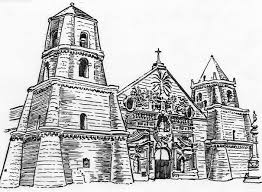
-
3
Note the diction
Does the writer use modern or olden day expressions and figures of speech? This assessment will form another critical part of your analysis as it helps to provide a clue as to the historical setting of the piece.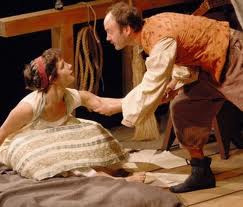
-
4
Follow the plot
Effective study and analysis of literature requires that you read thoroughly and not just skim through the material. Often, the plot of a story may seem straight forward and easy to understand, however there may be subtle twists and interjections which lend it a fuller understanding.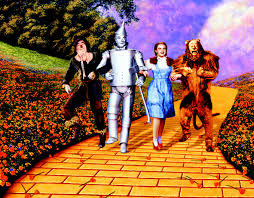
-
5
Accurately interpret metaphors and imagery
Metaphors and symbolism are used extensively in literature to convey ideas and messages. When analyzing Metaphors and Imagery, remember that certain symbols and objects may have a different meaning in certain historical, ethnic or literary contexts.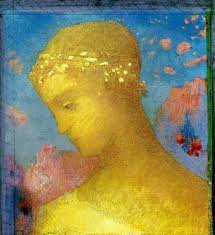
-
6
Observe tone
In all forms of communication generally, the true message may lie less in what is said than in how it is said. In order to successfully analyze a work of literature, careful attention must be given to the tone of the writer. Often the tone of a literary work may be conveyed more consistently in the voice of a particular character.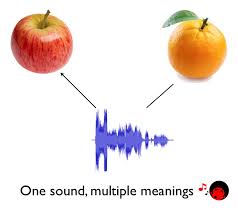
-
7
Conclusion
For effective study and analysis of literature, ensure that you take into consideration the personality and bias of the author, understand the historical setting of the work, understand the characters and the themes that make up the story, accurately interpret the metaphors and imagery used, and the tone used by the author.







